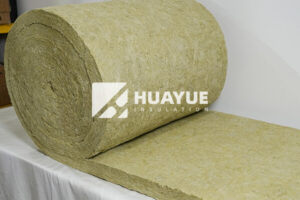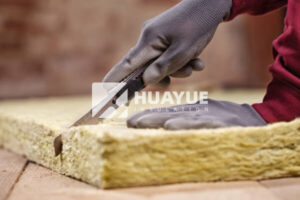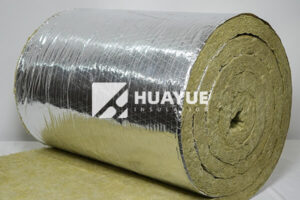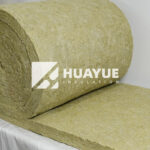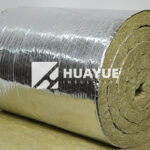Wall Rock Wool Insulation: Is It the Right Choice for Your Building Project?
Wall insulation can be confusing, especially when energy savings, fire safety, and durability are all on your mind.
Rock wool insulation is a top choice for walls because it offers excellent fire resistance, soundproofing, and moisture resistance without the risk of harboring pests. It’s safe, easy to install, and supports long-term energy efficiency.
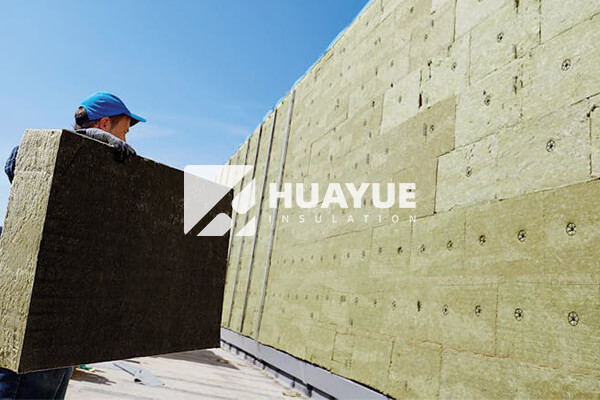
When I first started comparing wall insulation, I was worried about making a costly mistake. There are so many products claiming to be the “best.” I knew I needed something reliable, with proven performance in real-world conditions. I dug deeper into rock wool. Here’s what I found, and why it now tops my recommendation list.
Is ROCK WOOL insulation good for walls?
Homeowners and builders often worry if they are making a smart investment when choosing wall insulation. Maybe you’ve heard that rock wool is expensive or tough to work with.
Rock wool insulation is great for walls because it blocks heat, muffles sound, and withstands fire and water damage. It won’t slump, rot, or attract pests, making it a solid choice for any type of wall.
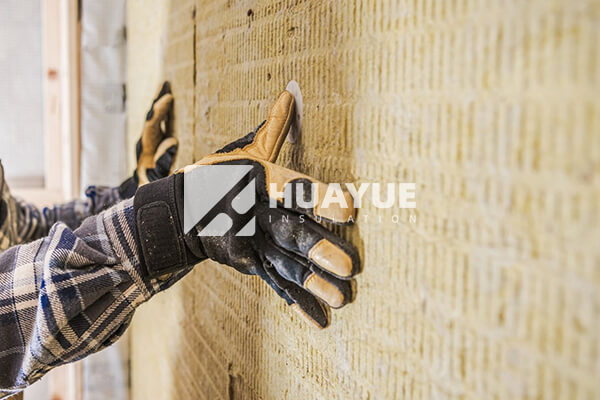
Many wall insulations lose shape or effectiveness over time, but rock wool doesn’t. Its structure means it stays firmly in place, keeping air and moisture from getting through. That lowers heating and cooling costs. It resists temperatures over 1,000°C, making it safer than most insulations during a fire. I learned that it greatly reduces noise, which makes it ideal for residential and commercial buildings. Rock wool also doesn’t soak up water. So, you don’t have to worry about mold in case of leaks. Here’s a quick table showing key comparisons:
| Feature | Rock Wool | Fiberglass | Spray Foam |
|---|---|---|---|
| Fire Resistance | Excellent | Fair | Poor |
| Soundproofing | High | Medium | Good |
| Water Resistance | High | Low | Variable |
| Pest Resistance | Yes | No | No |
| Lifespan | 30+ years | 20-30 years | 20-25 years |
When I picked rock wool for a chemical plant upgrade, the on-site installers told me it was the easiest product to work with. No sagging. No mess. That got my attention as someone who values both performance and practicality.
Does old ROCK WOOL insulation have asbestos?
Many property owners get anxious when they see old insulation. The fear of asbestos can stop a renovation before it starts.
Traditional rock wool insulation ordinarily does not contain asbestos. Most rock wool made after the 1960s is asbestos-free. If in doubt, test before disturbing any old material.
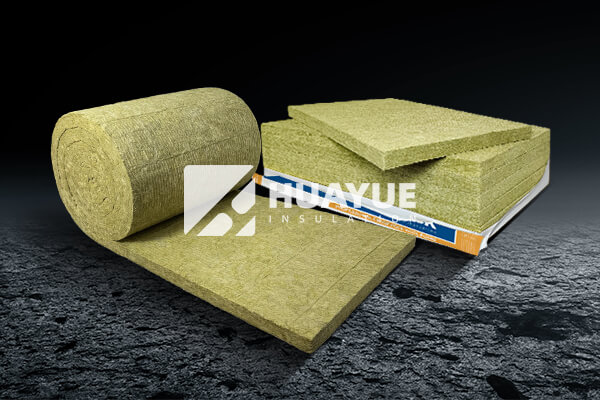
In my experience, clients often confuse rock wool with older materials like vermiculite or certain loose-fill insulations, which sometimes actually did contain asbestos. However, rock wool (mineral wool) is made from spinning molten rock, not from asbestos minerals. Most manufacturers phased out any use of asbestos decades ago. Still, if a building is older than the 1960s, it’s wise to have a certified expert test a sample before demolition or renovation work. Here is a simple checklist to consider:
| Factor | Action |
|---|---|
| Property built post-1970 | Usually asbestos-free |
| Product clearly labeled | Check for certification |
| Unknown or suspect material | Lab testing recommended |
This approach keeps workers safe and avoids unnecessary project delays. The reassurance of a negative asbestos result helps everyone work with greater peace of mind.
Do mice like ROCK WOOL insulation?
Rodents are a nightmare for building owners. They chew wires, nest in insulation, and cause major headaches.
Rock wool insulation is not food for mice or rats, nor a good nest. Its dense and scratchy texture repels most rodents, reducing pest problems compared to other materials.
Rodents seek out warm, soft nesting spots, but rock wool simply doesn’t offer what they want. It’s too tough and irritating for small animals to use for homes. I have seen mice skip over rock wool and chew into softer fiberglass instead. There’s no sugar-coating possible: if you have a serious rodent problem already, they will try to get through almost any material. But rock wool stands up far better. And unlike foam or cellulose, it doesn’t break down if chewed. That’s why it gets high marks in warehouses, food handling facilities, and chemical storage areas I’ve worked with.
| Insulation Material | Attraction to Rodents | Long-term Damage Risk |
|---|---|---|
| Rock Wool | Low | Low |
| Fiberglass | Medium | Medium |
| Cellulose | High | High |
| Spray Foam | Low | Medium |
Does ROCK WOOL need a vapor barrier in walls?
Most insulation systems fail due to hidden water vapor, not poor materials. The right vapor barrier strategy is key.
Rock wool insulation only needs a vapor barrier in certain wall designs—mainly when moisture from inside can migrate to cooler areas and condense. Ask a building professional for your specific wall type.
This isn’t a “one size fits all” topic. Most modern buildings with good exterior wall claddings and well-ventilated air spaces don’t need vapor barriers with rock wool. Its own water resistance and vapor permeability let walls dry if any moisture sneaks in. But, in very cold or humid climates, or wherever warm air meets a cold surface inside a wall, vapor might condense and cause problems over time. In my last tank house retrofit, the project engineer insisted on a vapor barrier, wanting zero risk for condensation. They placed it only on the warm side, not all around. This careful design meant great long-term performance. Follow the code and listen to specialists when it comes to your specific building.
| Situation | Vapor Barrier Needed? |
|---|---|
| Cold climates, heated space | Yes, on warm (inside) |
| Mild climates, vented wall | No |
| High humidity indoors | Often recommended |
| Exterior above-grade walls | Usually no |
Conclusion
Rock wool wall insulation delivers top performance, fire safety, pest resistance, and flexible installation, making it a reliable choice for almost any building wall system.
You may also be interested in:
Ready to Get Started?
Get in touch with our experts for personalized solutions tailored to your needs.
Get Free QuoteLatest Articles
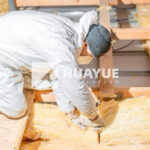
What is Glass Wool Used For?
Dec 3, 2025
Let's Work Together
Ready to take your business to the next level? Get in touch with our team of experts and let's discuss how we can help you achieve your goals.
Get Free Solutions
